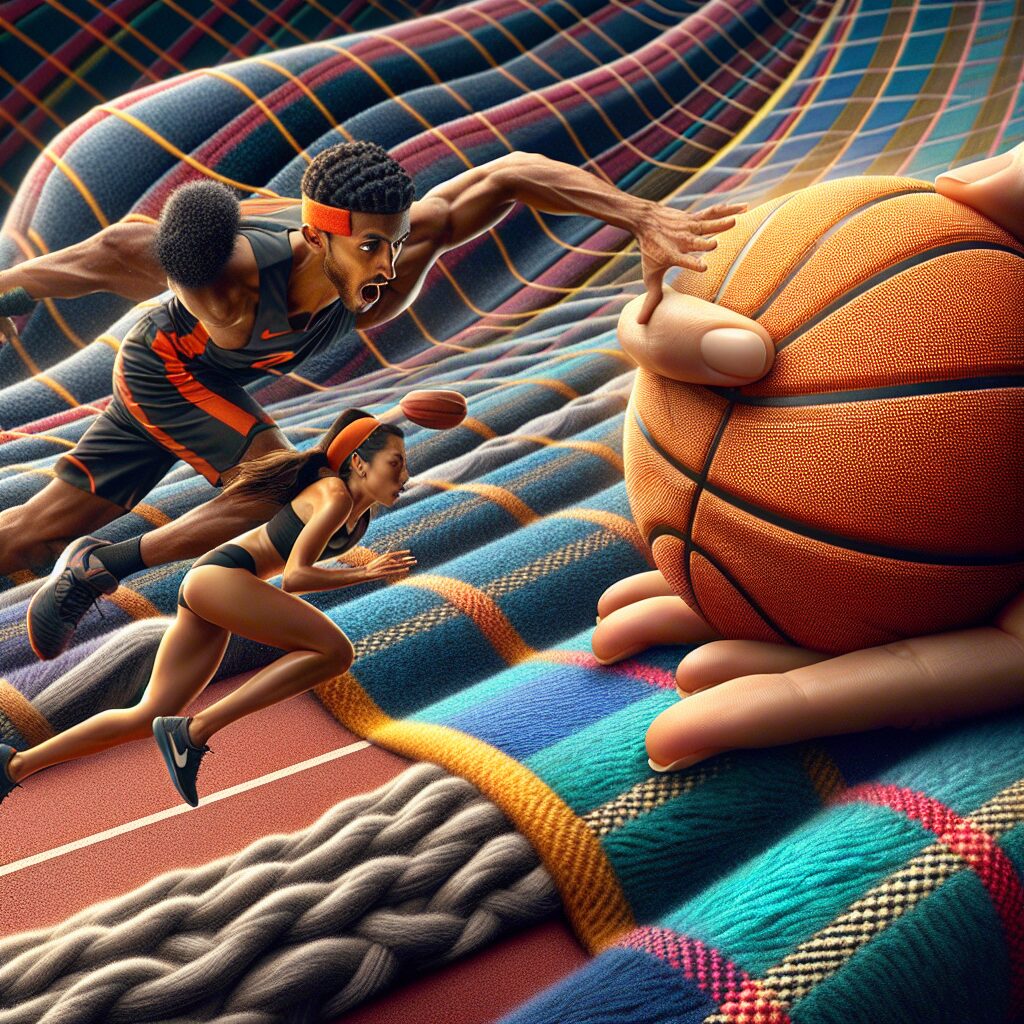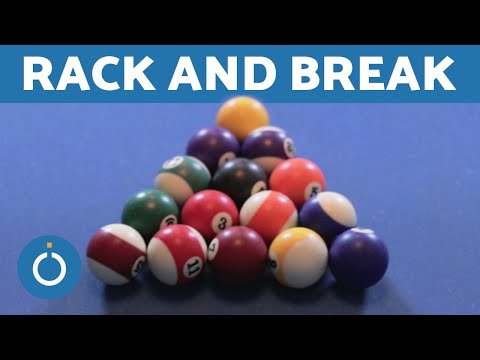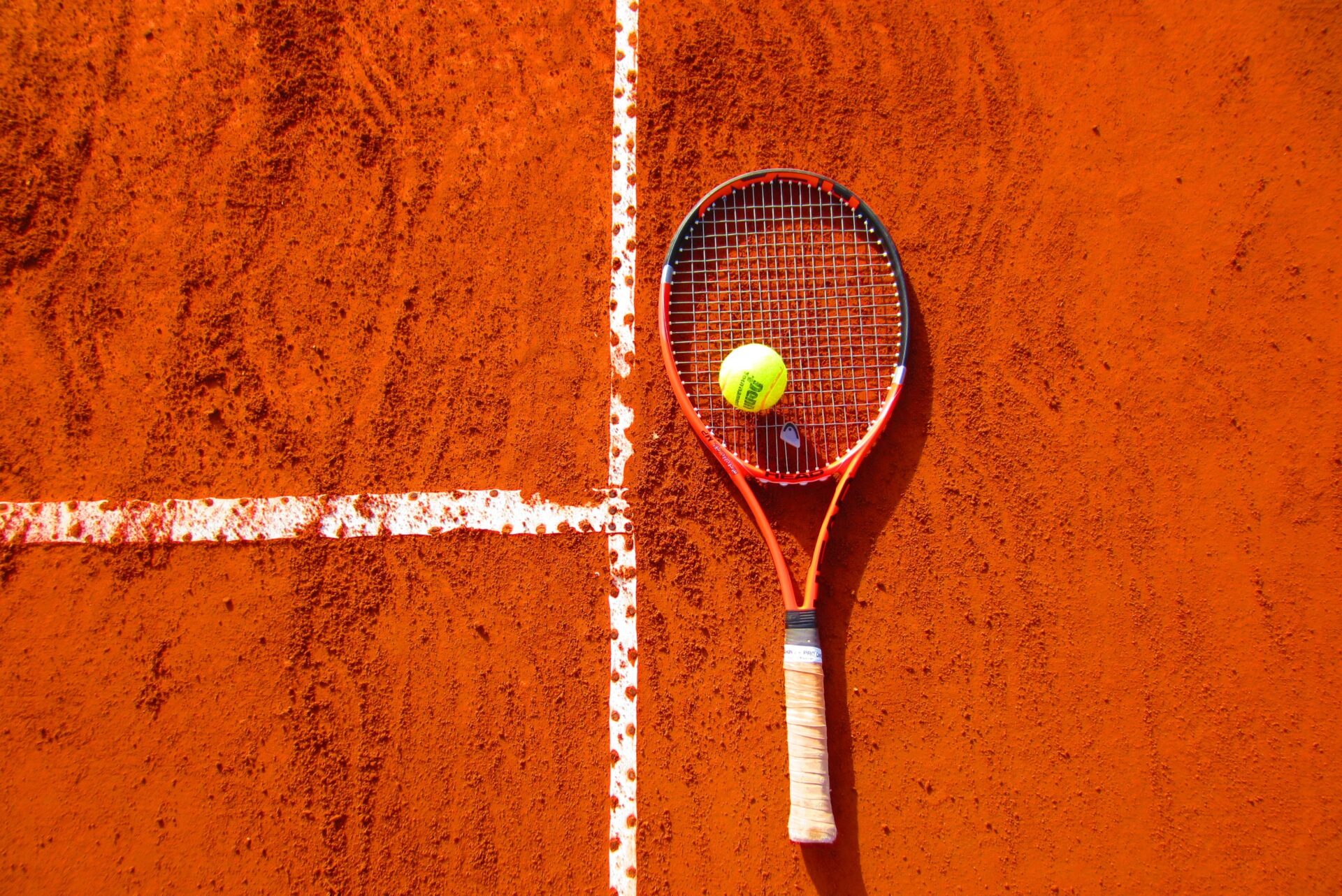Sports Psychology: Texture’s Influence on Player Mindset
Texture, in the realm of sports psychology, refers to the physical attributes of the playing surface or equipment that athletes interact with during their performance. It may seem like a trivial aspect, but studies have shown that texture can have a profound effect on an athlete’s mindset and performance. For instance, the grass on a soccer field or the grip on a tennis racquet can significantly impact a player’s perception, focus, and even decision-making abilities. Understanding the influence of texture on a player’s mindset is crucial in optimizing their performance on the field or court.
The impact of texture on an athlete’s mindset is multifaceted. Firstly, the tactile sensation of the surface or equipment can affect an athlete’s perception of control and confidence. For example, a rough basketball court may create a sense of stability and grip, boosting the player’s confidence to make quick moves and precise shots. In contrast, a slick field during a soccer match may lead to hesitations in movements and a less confident mindset among players. Furthermore, texture can influence an athlete’s attention and concentration. A bumpy or uneven surface requires more focus and attention to maintain balance and stability, potentially diverting mental resources from strategizing or decision-making.
Now that we understand the significance of texture in sports psychology, let’s delve into the key takeaways that will be discussed further in this article. We will explore the different types of textures commonly encountered in sports, their effects on player mindset and performance, and strategies to optimize performance based on texture. By unpacking these crucial aspects, athletes, coaches, and sports enthusiasts can gain valuable insights into harnessing the power of texture to enhance an athlete’s mindset and ultimately their performance on the field.
Key Takeaways
1. Texture of sporting equipment affects athletes’ mindset: The texture of equipment such as balls, bats, or racquets can have a significant impact on the mindset of athletes. Smooth textures tend to elicit feelings of control and confidence, while rough textures can lead to increased anxiety and decreased performance.
2. Haptic feedback plays a crucial role in performance: Haptic feedback, the sense of touch and texture, plays a vital role in how athletes perceive and interact with sporting equipment. Optimizing the texture of equipment can enhance athletes’ proprioception, grip, and overall performance.
3. Texture influences cognitive and emotional responses: The texture of sporting equipment can elicit cognitive and emotional responses in athletes. Studies have found that smooth textures can enhance positive emotions and improve decision-making, while rough textures can evoke negative emotions and impair cognitive processes.
4. Individual preferences for texture vary: Athletes have individual preferences for the texture of sporting equipment. Some athletes may perform better with a smooth texture, while others may thrive with a rough texture. Recognizing and accommodating individual preferences can contribute to better performance and athletes’ overall satisfaction.
5. Texture manipulation as a tool for performance enhancement: Sports psychologists and coaches can leverage texture manipulation as a tool for performance enhancement. Modifying the texture of equipment or providing athletes with options to choose their preferred texture can optimize mindset, performance, and overall athlete experience.
What is the Influence of Texture on Player Mindset in Sports Psychology?
The Connection between Texture and Player Mindset
In the field of sports psychology, the influence of texture on player mindset has been a topic of great interest and study. The tactile sensation experienced by athletes while engaging in sporting activities has a profound impact on their mental state and performance. The texture of surfaces, equipment, and clothing can either enhance or hinder the mindset of players, ultimately affecting their focus, confidence, and overall athletic performance.
The Role of Texture in Performance
Texture plays a significant role in an athlete’s performance by directly affecting their mindset. The sensation of texture can evoke various psychological responses in players, such as comfort, discomfort, confidence, or unease. For instance, in contact sports like rugby or football, the texture of the playing field can impact the player’s confidence in making quick turns, tackles, or even maintaining balance. Similarly, the texture of equipment, such as a golf club grip, tennis racket handle, or basketball surface, can significantly influence a player’s grip, control, and overall performance.
The Psychological Effects of Texture
The psychological effects of texture are not limited to physical performance alone but extend to the mental aspects of the game as well. Studies have shown that certain textures can enhance concentration, focus, and mental resilience in athletes. Smooth textures, for example, have been found to have a calming effect on players, allowing them to enter a state of flow and perform optimally. On the other hand, rough textures might create distractions, causing players to lose focus and experience heightened levels of stress or anxiety.
Texture and Confidence
Texture has a direct impact on an athlete’s confidence, which is essential for optimal performance. The feel of a smooth, well-maintained playing surface or the smoothness of sports equipment can instill a sense of confidence in players. This confidence translates into a more positive mindset, increased motivation, and a belief in their abilities, thereby performing at their peak. Conversely, rough or inconsistent textures can erode confidence, leading to self-doubt, hesitancy, and a decline in overall performance.
Strategies for Leveraging Texture’s Influence on Player Mindset
Understanding the influence of texture on player mindset opens up opportunities for coaches, trainers, and athletes to leverage this knowledge to their advantage. Here are some strategies to consider:
- Choose the Right Playing Surface: Opt for playing surfaces that have a consistent and ideal texture to enhance player comfort, confidence, and performance.
- Select Equipment Wisely: Pay attention to the texture of sporting equipment and choose ones that provide optimal grip, control, and player familiarity.
- Practice in Varied Conditions: Expose athletes to different textures during practice, allowing them to adapt and develop resilience to various playing conditions.
- Mental Preparation: Incorporate mental training techniques to help athletes manage their mindset, regardless of the texture they encounter during competitions.
- Regular Maintenance: Ensure that the playing surfaces and equipment are well-maintained to prevent unexpected texture changes that can disrupt player mindset.
Conclusion
Texture undeniably influences player mindset in sports psychology. Athletes, coaches, and professionals involved in sports performance should recognize the impact of texture on player mindset, both physically and mentally. By understanding this influence and implementing strategies to optimize texture, athletes can unlock their full potential and achieve peak performance.
Frequently Asked Questions
1. How does texture influence a player’s mindset in sports?
The texture of playing surfaces can significantly impact a player’s mindset in sports. Different textures, such as grass, turf, or synthetic materials, can alter the way a player perceives the game and affects their performance. For instance, a softer texture like grass can provide a more comfortable and natural feel, enhancing player confidence and mindset.
2. Does texture affect player concentration and focus?
Yes, texture can affect player concentration and focus. Surfaces with irregular textures or inconsistencies may demand more attention from players, potentially diverting their focus away from the game itself. On the other hand, smoother surfaces can promote better focus and concentration.
3. Can texture influence player decision-making skills?
Indeed, texture can impact a player’s decision-making skills. Surfaces with different textures may require players to adapt their strategies and decision-making processes accordingly. For example, a slippery surface might prompt players to be more cautious, affecting their decision-making in terms of speed and stability.
4. How does texture affect player confidence?
Texture can have a profound effect on player confidence. A playing surface with a texture that players are familiar with and comfortable on can enhance their confidence level. Conversely, encountering an unfamiliar or challenging texture can potentially shake a player’s confidence and affect their mindset during the game.
5. Can texture contribute to player injuries?
Yes, texture can play a role in player injuries. Surfaces with uneven or abrasive textures can increase the risk of slips, falls, and sprains. Similarly, excessively smooth textures may reduce traction, leading to slips and injuries as well. The texture of the playing surface is an essential factor to consider in injury prevention and player safety.
6. Are there psychological benefits of playing on specific textures?
Playing on specific textures can offer psychological advantages. Research suggests that playing on natural grass surfaces can promote feelings of connection with nature and improve mental health. Additionally, smoother textures can provide a sense of speed and fluidity, enhancing the psychological experience of the game.
7. How can athletes adapt to different textures?
Athletes can adapt to different textures through practice and experience. By training on various surfaces, athletes can develop the necessary skills to adjust their mindset and techniques accordingly. Additionally, sports psychology techniques, such as visualization and mental rehearsals, can help athletes mentally prepare for different textures they may encounter during competitions.
8. Can texture influence player endurance?
Texture can indirectly influence player endurance. Surfaces with high impact absorption, such as natural grass, can reduce the strain on player’s joints and muscles, potentially enhancing their endurance over a game or season. Conversely, harder surfaces like concrete or turf may increase fatigue and impact overall endurance.
9. Is the texture of sports equipment relevant to player mindset?
Yes, the texture of sports equipment can have an impact on player mindset. Equipment with optimal texture, such as a bat or ball with a comfortable grip, can enhance player confidence and mindset. The tactile experience of the equipment influences how players perceive their abilities, affecting their mental state in the game.
10. How can coaches utilize texture to improve player mindset?
Coaches can utilize texture to improve player mindset by incorporating specific training drills or exercises on various surfaces. By exposing players to different textures, coaches can help them adapt, build resilience, and strengthen their mental game. Additionally, providing constructive feedback and highlighting the importance of mindset in relation to texture can further enhance player performance and mentality.
Final Thoughts
The influence of texture on a player’s mindset in sports cannot be overlooked. The surface on which an athlete competes can significantly impact their confidence, concentration, decision-making skills, and overall performance. Coaches and athletes alike should recognize the importance of texture and incorporate it into training programs to develop adaptability and mental resilience.
Understanding the psychological effects of texture allows players to better prepare for various playing surfaces and optimize their mindset accordingly. Moreover, considering the impact of texture on player safety and injury prevention is essential. By acknowledging and addressing these factors, both athletes and coaches can enhance performance, promote a positive mindset, and create an environment conducive to growth and success in sports.




